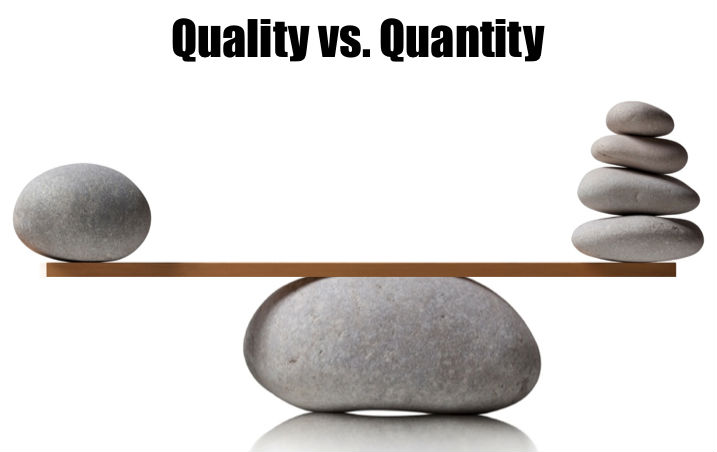By now I think everyone agrees that having good content on your website is important. You also...
I get this question a lot -- Should I gate my content?
Some people are afraid that it will turn prospects away, lowering their lead potential.
I like to use tradeshow leads as an analogy… are they qualified leads? No. If your company is like most, you have a raffle drawing that attracts a lot of entries. But when sales tries to connect with them after the show they are not interested in your products or services. It’s similar to people searching for content online, including competitors that may want your information, but they aren’t interested in buying. You may get more downloads if your content isn’t gated, but why does that matter if you can’t convert them into leads?
Here are three guidelines on what content to gate:
- Content for awareness to attract visitors to your website
- Content to convert website visitors to leads
- Content to convert leads to customers
Gating content implies that the content is valuable. When you gate content on a website, you are implying that the content is valuable and that you won’t give it to everyone.
Here are three guidelines on what content to gate:
1. Content for awareness to attract visitors to your websiteEducational content such as blog posts and infographics should not be gated and should be used to attract visitors to your website. You should include call-to-actions (CTAs) on each post that will link to gated content to help move them through the buyers journey. This type of content should be shared on social media.
2. Content to convert website visitors to leadsContent used to convert a website visitor to a lead typically consists of ebooks, white papers, checklists, webinars, etc. that visitors can access by completing a lead form that asks basic information about them; name, company, and at least one contact method (i.e., email, phone).
3. Content to convert leads to customers
Content used to convert a lead to a customer typically consists of product literature, product demos, case studies, competitive analysis, and purchasing guides. Visitors should be asked to fill out a more in-depth form asking for title, website URL, biggest challenges, etc. In some cases gated content exposes something about a product that you wouldn’t share with the public. For example, it may show product specifications that you definitely don’t want your competitors to see. Gating the content gives a small reassurance that your competitors are not seeing your secure content.
Marketers like gated content because it typically generates many more leads than simply having publicly available content on a website with an optional contact form. Sales teams like gated content because it provides context to the leads. If we can see what types of content the visitor are interested in we probably know what type of problem they are trying to solve, which will help in the sales cycle.





